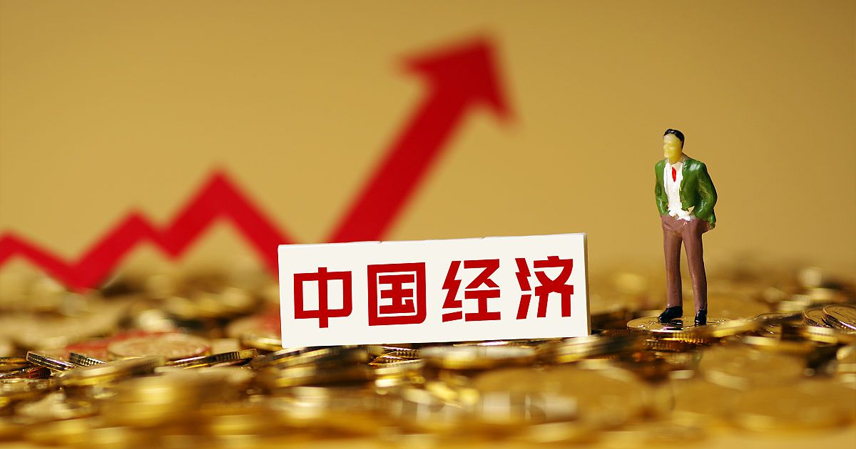China’s economy is showing early signs of recovery, driven by the continued effects of macro-policy measures and strong financial support for the real economy. Businesses are experiencing increased operational activity, prices in certain industries are stabilizing or rising, and both consumer and investment demand are gradually picking up.
On October 15, the National Bureau of Statistics reported that in September, the Consumer Price Index (CPI) and Producer Price Index (PPI) showed narrower year-on-year declines, benefiting from low base effects and the further implementation of policies aimed at reducing overcompetition and stimulating consumption. Excluding food and energy prices, core CPI rose 1% year-on-year, marking the fifth consecutive month of expansion and the first time in 19 months that it returned to 1%.
According to financial data released by the People’s Bank of China, growth in broad money (M2) and social financing remained high in September, creating a favorable monetary environment for sustained economic recovery. Pang Ming, a senior researcher at the National Finance and Development Laboratory, noted that as policies to boost domestic demand and promote consumption continue to take effect, the consumer market is expanding steadily, and new consumption drivers are emerging. The ongoing development of a unified national market and tighter regulation against low-price competition are further stimulating demand and supporting stable price signals.
Consumer Price Trends
- September CPI rose 0.1% month-on-month and fell 0.3% year-on-year, a narrower decline than in August.
- Core CPI, excluding food and energy, increased 1% year-on-year, driven by higher industrial consumer goods prices (+1.8%) and stable service prices (+0.6%).
- Specific service price changes include medical services (+1.9%), household services (+1.6%), while hotel accommodations (-1.5%) and airfares (-1.7%) declined slightly.
National Bureau of Statistics expert Dong Lijuan explained that while overall CPI reflects short-term fluctuations in food and energy prices, core CPI better captures underlying price trends. The consistent rise in core CPI highlights recovery in industrial and service sectors.
Producer Price Developments
- PPI remained flat month-on-month for the second consecutive month, with year-on-year decline narrowing to 2.3%.
- Price stabilization in certain industries reflects improved supply-demand dynamics, while falling international oil prices have contributed to lower costs in petroleum-related sectors.
- Specific sectors showing improvement include coal processing, metal smelting, photovoltaic equipment manufacturing, and battery production, with the narrowing of price declines ranging from 0.4 to 8.3 percentage points.
- Growth was observed in industries tied to rising consumption and industrial upgrading, such as aircraft manufacturing (+1.4%), electronic materials (+1.2%), arts and ceremonial products (+14.7%), sports equipment (+4%), and nutritional food manufacturing (+1.8%).
Financial Support and Monetary Policy
The PBOC reported that by the end of September, M2 reached 335.38 trillion RMB, growing 8.4% year-on-year. M1 also rebounded to 113.15 trillion RMB, up 7.2%, reflecting increased liquidity and active corporate and household investment. The narrowing of the M1-M2 gap signals improving economic activity.
Experts emphasize that the current economic challenge is not merely insufficient total demand, but imbalanced demand structure, with excessive investment relative to consumption. Fiscal policy is increasingly focused on improving living standards, including social security, healthcare, education, and housing, rather than purely investment-driven growth.
Premier Li Qiang stressed during an economic symposium on October 14 that efforts should continue to expand domestic demand, strengthen the domestic cycle, and stimulate effective investment, while ensuring policies support consumer demand and high-quality supply.
Conclusion
Overall, China’s economy is showing tangible signs of stabilization and recovery. Policy measures to expand domestic demand, optimize industry structure, and support consumption are gradually producing results. While challenges remain, particularly in demand rebalancing and price stabilization, the combined effect of monetary support, fiscal measures, and structural reforms indicates a positive trajectory for the coming months.
References:
- National Bureau of Statistics of China (2025)
- People’s Bank of China Financial Data (September 2025)
- Official statements from the Chinese State Council and Premier Li Qiang



